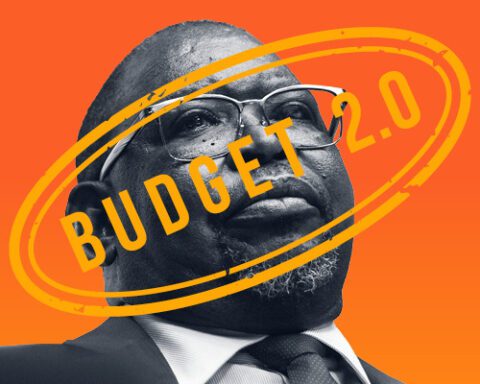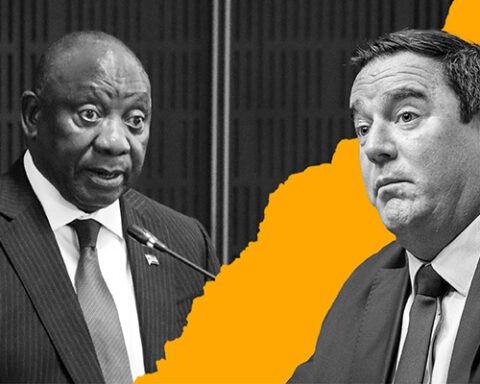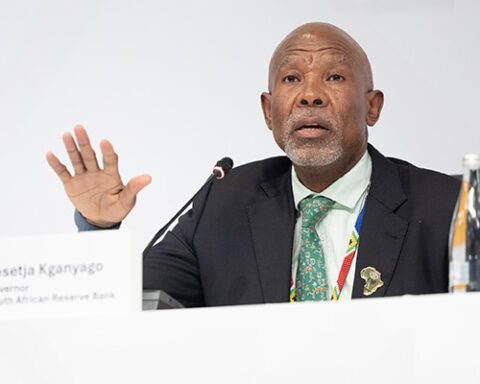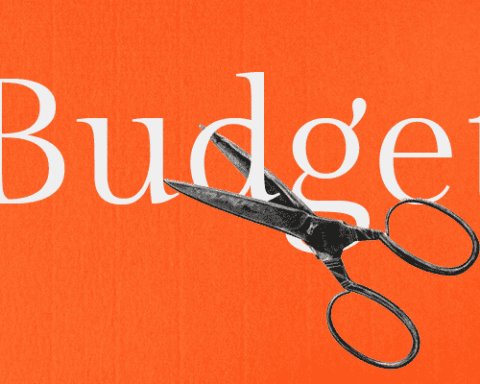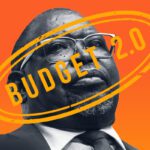Given the new focus in government on public-private partnerships (PPPs), it’s worth asking to what extent they actually are the solution to South Africa’s budget crisis. The answer is that they are gaining interest, there are some big projects under consideration, but as of now, they probably fall a long way short of the country’s huge infrastructure requirements.
Tumi Moleke, National Treasury’s head of transaction advisory services and PPP unit, says there are currently about 30 PPP major projects under consideration, and that interest from the private sector has “definitely increased”.
The sectors benefiting from these PPPs include transport, water and sanitation, correctional services, health, tourism, information technology, and office accommodation, he says. “There have been lots of new projects over the past two or three years.”
The total project number excludes the renewable energy independent power producer programme (REIPPP) to increase electricity capacity through private sector investment in renewable energy, which has so far awarded 123 projects to the private sector as of 2023. Once built, which is taking much longer than expected because of transmission issues, they will theoretically account for about 5% of South Africa’s total energy supply.
The REIPPP, which is currently vested in the department of energy, is an example of what finance minister Enoch Godongwana spoke about in his budget speech last week. Godongwana said new regulations for PPPs have been finalised and will take effect on June 1.
The regulations reduce the procedural complexity of undertaking PPPs, create capacity to support and manage PPPs, create clear rules for managing unsolicited bids, and strengthen fiscal risk governance, he said. But crucially, the regulations also make provision for national departments to establish sector-specific PPP units.
Moleke says the REIPPP unit is an example of a function that was once part of the Treasury which gathered its own capacity and was later moved into a line department. “It grew, and then it took on a life of its own, so we set it up into its own office with the department of energy, you know,” he says.
The new rules are an attempt to get the ministers of other departments to try mimic what happened with the REIPPP.
At the moment, PPPs outside of the REIPPP, do have to go through the Treasury, which will probably still have to put a slide rule over them in future. But Moleke says there are departments that have infrastructure needs, and may have many projects, water and health particularly.
“It might be best for them to focus on PPPs and to capacitate themselves in that, instead of doing them ad hoc,” he says.
“So the Treasury and the centre will still be there to support and provide assistance, particularly income support. But it might be all those departments that create their own little units so that they can focus on generating those funds.”
Big ambitions
The projects that had historically worked the best, like the Gautrain project, were large in size and scale. Multidisciplinary projects were particularly difficult for the government to get off the ground, so complex projects that include design, construction, IT systems, for example, worked well as PPPs.
But would 30 projects, even 30 large projects, be sufficient to make a significant dent on the estimated R3.2-trillion needed to meet South Africa’s infrastructure needs by 2030. Last March, during the sustainable infrastructure development symposium, President Cyril Ramaphosa highlighted this requirement, stating that to achieve the country’s infrastructure goals, an additional R1.6-trillion in public sector investment and R3.2-trillion from the private sector are needed by 2030.
Private sector interest is serious and on the increase, but businesses that have taken part in PPP in the past are cautious in their approach, noting particularly lacklustre political conviction about the utility of the projects.
One senior businessperson, who asked not to be named as he is part of a consortium that may seek to participate in future PPPs, says what is motivating the change in approach is simply that departments are running out of infrastructure budget.
The big advantage for departments and metros is that PPPs, because they are private, don’t have to abide by the Public Finance Management Act and the Municipal Finance Management Act, both of which are hugely bureaucratic.
“Almost everything’s got to go out to tender, public procurement is laborious, and obviously often corrupt. You can have a plant that’s missing a pump, which you actually may have budget for, but it’s out to tender, and you wait for six months.”
There was a vogue for PPPs around 2010 and some of them have been “spectacularly successful”. Some city water provision contracts concluded then and which get the same government grants as the city have been “chalk and cheese” in what they have been able to deliver compared to what the government delivers just over the fence.
One of the issues with PPPs that government departments tend to overlook is that there has to be a revenue channel, either from the public or from government transfers. And they’re long term, and they require capital upfront.
But in the right circumstances and with the right contract, the independent management can make a significant difference, which is why they have become so popular around the world, he says.
Sign up to Currency’s weekly newsletters to receive your own bulletin of weekday news and weekend treats. Register here.


